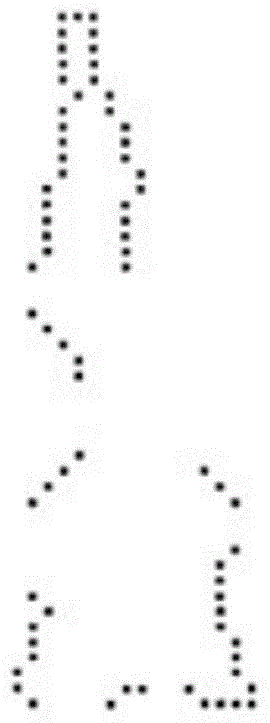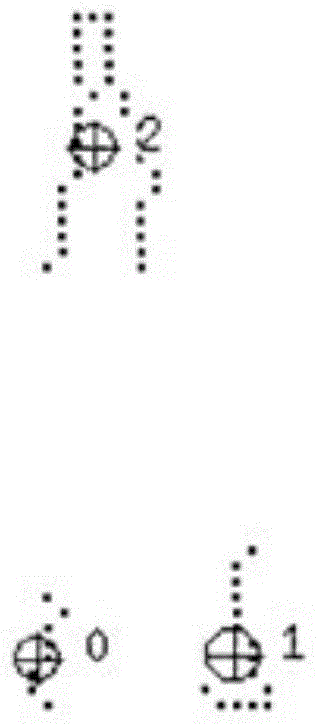An Edge-Based 3D Autonomous Exploration Method
An edge, three-dimensional technology
- Summary
- Abstract
- Description
- Claims
- Application Information
AI Technical Summary
Problems solved by technology
Method used
Image
Examples
Embodiment Construction
[0034] The specific implementation process of the present invention will be described in detail below in conjunction with the accompanying drawings.
[0035] First, follow the image 3 As shown, the system hardware involved in the present invention—the unmanned aerial vehicle platform is integrally built, and the unmanned aerial vehicle platform is equipped with a main control CPU, a flight control board, and a three-dimensional sensor, that is, a color and a depth sensor RGB-D. The unmanned aerial vehicle is also provided with an inertial measurement unit IMU; the unmanned aerial vehicle is equipped with a small onboard computing system to communicate with the ground station. In the process of platform construction, the principle of minimum load should be followed to ensure that the UAV can obtain a relatively stable and flexible flight attitude in the indoor space, so as to facilitate data collection and calculation.
[0036] Next use the attached Figure 4 The three-dimen...
PUM
 Login to View More
Login to View More Abstract
Description
Claims
Application Information
 Login to View More
Login to View More - R&D
- Intellectual Property
- Life Sciences
- Materials
- Tech Scout
- Unparalleled Data Quality
- Higher Quality Content
- 60% Fewer Hallucinations
Browse by: Latest US Patents, China's latest patents, Technical Efficacy Thesaurus, Application Domain, Technology Topic, Popular Technical Reports.
© 2025 PatSnap. All rights reserved.Legal|Privacy policy|Modern Slavery Act Transparency Statement|Sitemap|About US| Contact US: help@patsnap.com



